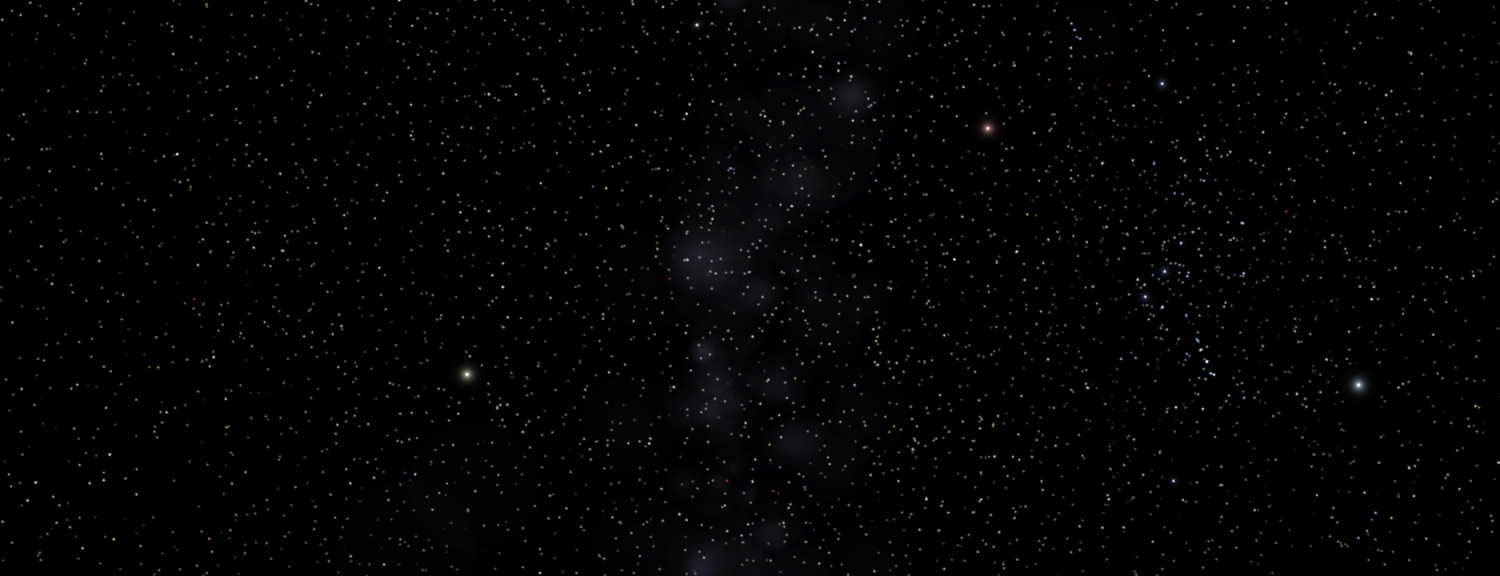Behind the scenes – Archaeology and Simspace
Stenn Gremm is an archaeologist who lives thousands of years in our future. Indeed, the ancient and dimly understood past of Stenn’s day is our present.Since some combination of human actions and natural disasters will ultimately claim our home world, archaeological remains and reconstructions may one day be all that remains of the world we now know (assuming we escape the fate of our planet). It seems likely that humanity, in general, will not lose its curiosity about its past; the science of investigating remains of lost cultures will continue even if humanity spreads out among the stars.
Stenn uses a technology called “simspace” to experience archaeological sites as a virtual reality overlay generated by implants in his brain. However, simspace is far more than a sophisticated 3D video display system. It is fueled by an extraordinary amount of data coupled with processors with deep connections into sensory areas of the brain. It allows Stenn not just to see but to feel, hear, and smell the depicted environment as well. One might imagine that the data behind Stenn’s virtual sites includes all available information about each area in the setting. Not just archaeological data, but geological, geographic, chemical, auditory and more, providing an immersive experience far beyond what we can build today.
The implications of such a system for teaching and research are tremendous. A class of students could “travel” to multiple sites, across vast distances to learn about and compare them. Researchers with different specialties could experience a locale, and gain or provide new insights. Sensitive areas, or sites that have been excavated and then backfilled to protect them, could continue to be experienced by the masses in a manner indistinguishable from actually being there, but without putting stress on the area.
Today, archaeologists have tools such as geographic information systems (GIS), sophisticated graphics tools, the ability to compile massive databases of detailed archaeological information, aerial and ground-sensing radar, high-resolution photography, and drones. With them, it is possible to create detailed digital reconstructions and even virtual reality environments allowing simulated exploration of archaeological sites and hypothetical reconstructions of how these sites might have appeared. This technology is commonly available, but to achieve accurate results that are more than just interesting or entertaining significant interdisciplinary skill is required.
An excellent example of such results on a relatively small site is a 3D reconstruction of Clachtoll Broch, an iron age tower located on a windswept, rocky outcrop by the sea in Assynt, in northern Scotland, found online here. This place would once have been similar to the broch Stenn visits when he talks with the captain early in The Starship and the Citadel. (Note: the only nearly complete broch still in existence, which requires no digital enhancement to experience, is on the remote island of Mousa, a mile or so offshore from Shetland. My (Dan’s) visit there in 2015 brought these fascinating structures to our attention and ultimately to Stenn Gremm’s Simspace. You can see a few photos of it’s exterior and interior and other brochs that are in much worse repair here.
Beyond virtual reality, digital reconstructions of ancient sites, offer a dramatic way to experience and possibly draw new conclusions from a ruined site, though one has to beware inconsistencies due to incomplete data, and to misinterpretations of existing data. In the far future of The Starship and the Citadel, we make the assumption that archaeological research has advanced sufficiently to be able to provide the necessary data to generate highly detailed, accurate virtual worlds around sites. Although digital reconstructions of archaeological sites are being done today, they are crude compared to the level of accuracy and detail in Stenn’s world, where you would be able to immerse yourself fully in a scene from the past.
Here are a few links that provide more in-depth examinations of contemporary digitized sites and reconstructions…

